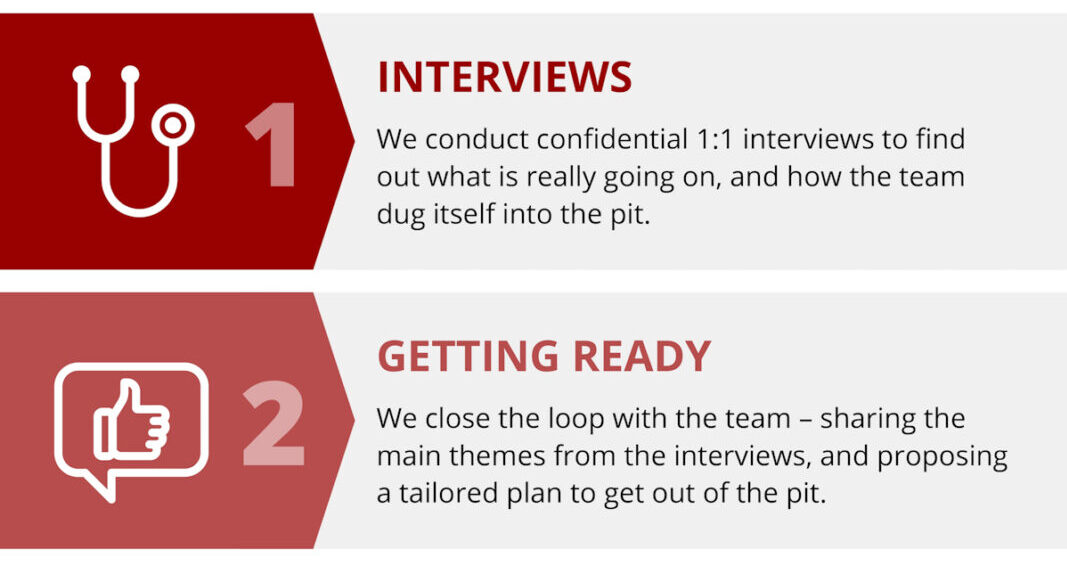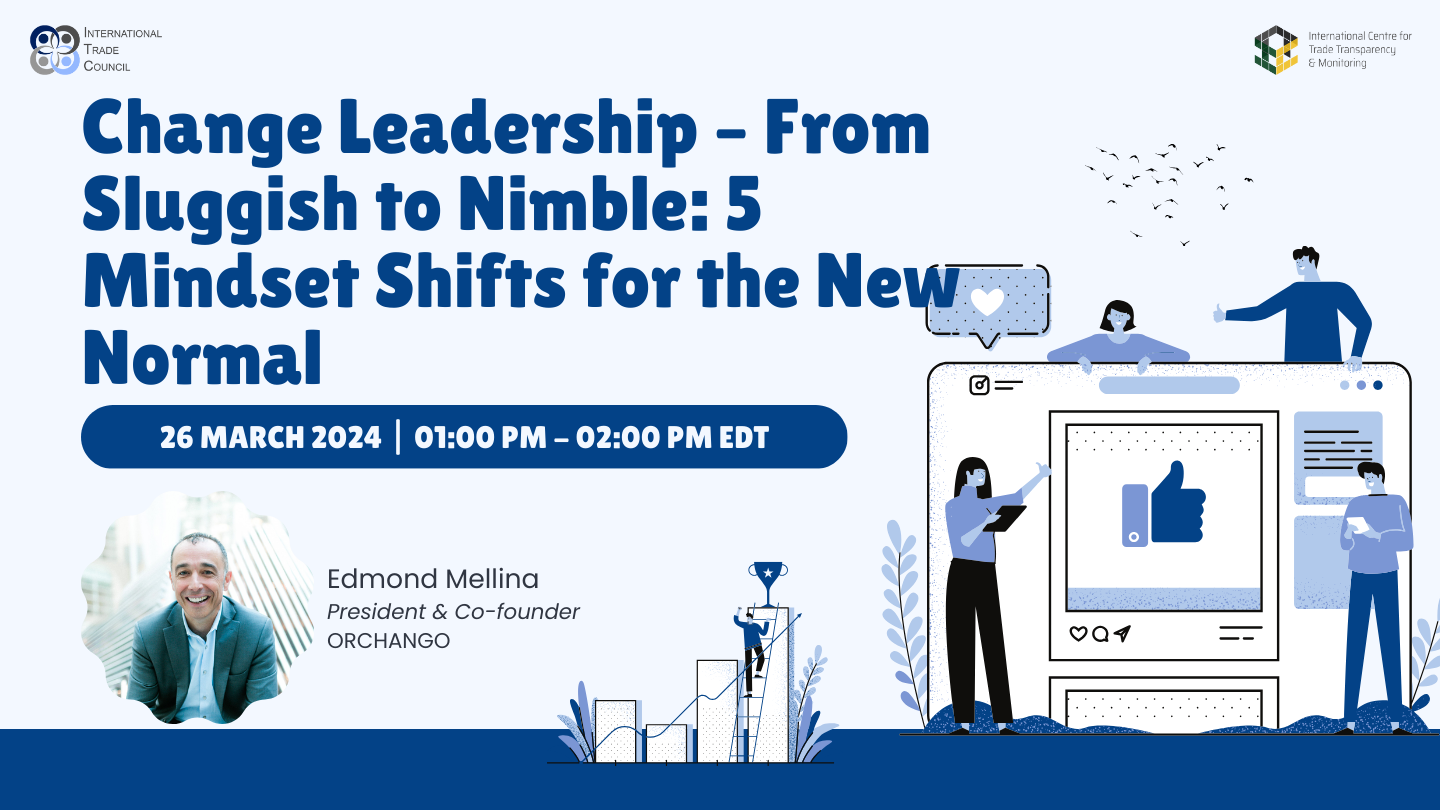How do you transform the dynamics of a team (leadership or otherwise) from dysfunctional to…
Still thinking: Supporters, Fence-Sitters & Opponents?!
#NimbleVlog Season 1 Episode 3 — ORCHANGO’s president & co-founder Edmond Mellina explains why transformation leaders should move away from using broad categories of stakeholders such as: Supporters, Fence Sitters and Opponents. He introduces the ORCHANGO Ladder of Commitment-Resistance™ – a #nimble tool that is way more practical; and specifically designed to work with and through the inevitable politics of change…
Transcript
Reading time: less than 4 minutes
When driving change, most transformation leaders tend to think about the stakeholders in terms of broad categories: the Supporters, the Fence Sitters and the Opponents. It’s a classic approach, but it’s not pragmatic enough for the real world. And there are two main reasons for that.
First, these big categories have inside them distinct sub-groups that require different mindsets and actions on the part of the change leaders. So, if you are using these broad categories, you are not as effective as you could be. And given the fact that usually the odds are stacked against change leaders, that’s not a good idea to be less than effective.
The second reason ties back to the topic of the previous episode of the #NimbleVlog – when I stressed that change is a political game; and I explained that engaging in what I call “light-side politics” is absolutely critical to successful transformation. So if you are thinking in terms of the broad categories – Supporters, Fence Sitters and Opponents – you are not going to be able to master light-side politics.
I’ve been in the corporate transformation business for… 30 years now, in various shapes or forms. And what I found is that the most practical way to categorize stakeholders is to divide each of these big categories into two sub-groups. And the basis that we use for this division is to look at the extent to which the stakeholders are focusing on the technical aspects of the change versus the people dynamics. And these are the two dimensions of change.
When you do that, you end up with six different sub-groups. And these are the six “smiley faces” featured on the tool that we call the Ladder of Commitment and Resistance™.
At the top of the Ladder are the HELPERS and the CAMPAIGNERS – both are Supporters, but in different ways. At the bottom of the Ladder are the FOOT DRAGGERS and the TORPEDOES – distinct types of Opponents.
And in the middle, the SKEPTICS and the WIND WATCHERS – which are fundamentally different.
By the way, the picture you see on the screen is the actual picture of the game board that we use during our STEP UP!™ Game simulation. That’s because the Ladder – and the smiley faces – are the central tool that the competing teams of participants are using as they go through the simulation and learn how to master light-side politics.
So, as a transformation leader, it is very important to understand the differences between these six smiley faces. Because this is going to be driving what you do – or don’t do – with them.
So in the next episodes of the #NimbleVlog, we are going to explain these fundamental differences. I’ll discuss some of the key implications for change leaders. We’ll start with the top of the Ladder. The following episode we’ll go to the bottom of the Ladder. And then we will tackle the SKEPTICS versus the WIND WATCHERS. About this last episode of this series: the middle of the Ladder is actually very important for a few reasons. First, this is where most people are going to start during a transformation, at the beginning of a transformation. This is also where the differences between the smiley faces are the most pronounced. And this is where the biggest “traps” for change leaders lie.
So, stay tuned for the next episode of the #NimbleVlog…
Previous episodes




This Post Has 0 Comments